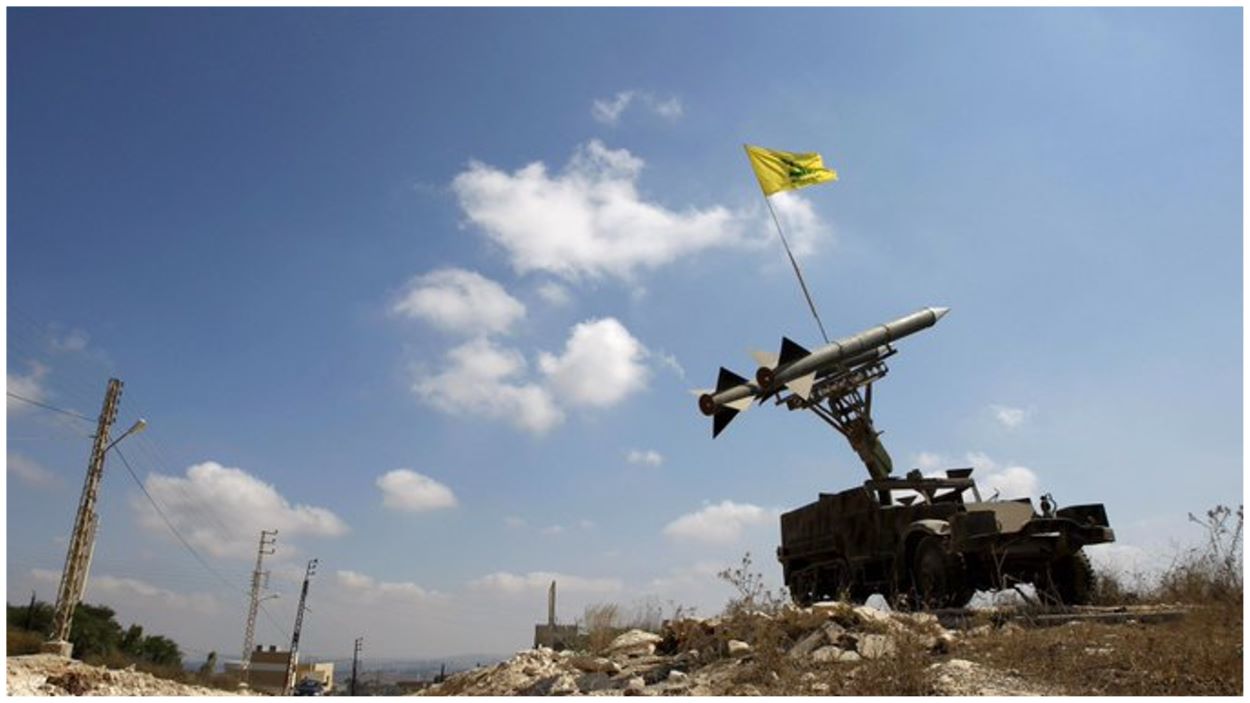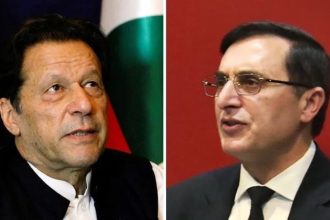Hezbollah utilized an armed drone fitted with two S-5 rockets in an attack on a military site in Metula, Israel.
The strike, disclosed by Hezbollah, marks a new tactical approach; it represents their initial declared use of such weaponry since hostilities with Israel intensified in October. The assault injured three Israeli soldiers.
The drone carried a warhead loaded with 25 to 30 kilograms of explosives. Video footage released by Hezbollah showed the drone’s approach and the deployment of rockets at a location housing tanks, culminating in the drone’s detonation.
Further demonstrating its extended reach, Hezbollah launched a drone strike on a base near Tiberias, representing its deepest incursion into Israeli territory amid ongoing conflicts. This follows a pattern of attacks where Hezbollah has employed sophisticated drones and missiles against military targets, troops, and vehicles.
Moreover, the group has incorporated guided and heavy missiles into its arsenal, including Iran’s Burkan and Almas missiles, alongside the Jihad Mughniyeh missile, named after a Hezbollah leader killed in 2015.
Despite its advanced weaponry, Hezbollah continues to rely on Kornet and Konkurs anti-tank missiles. These weapons are capable of breaching Israel’s Iron Dome defence system. The recent escalation in attacks reflects a response to Israeli strikes on Hezbollah’s munitions and command structures.
Analysts describe the ongoing confrontations as a war of attrition, each assessing the other’s strategies. Following an Israeli strike on the Lebanese village of Brital, which targeted a site linked to Hezbollah’s missile capabilities, Hezbollah’s subsequent actions suggest a measured response, possibly avoiding a broader conflict.






